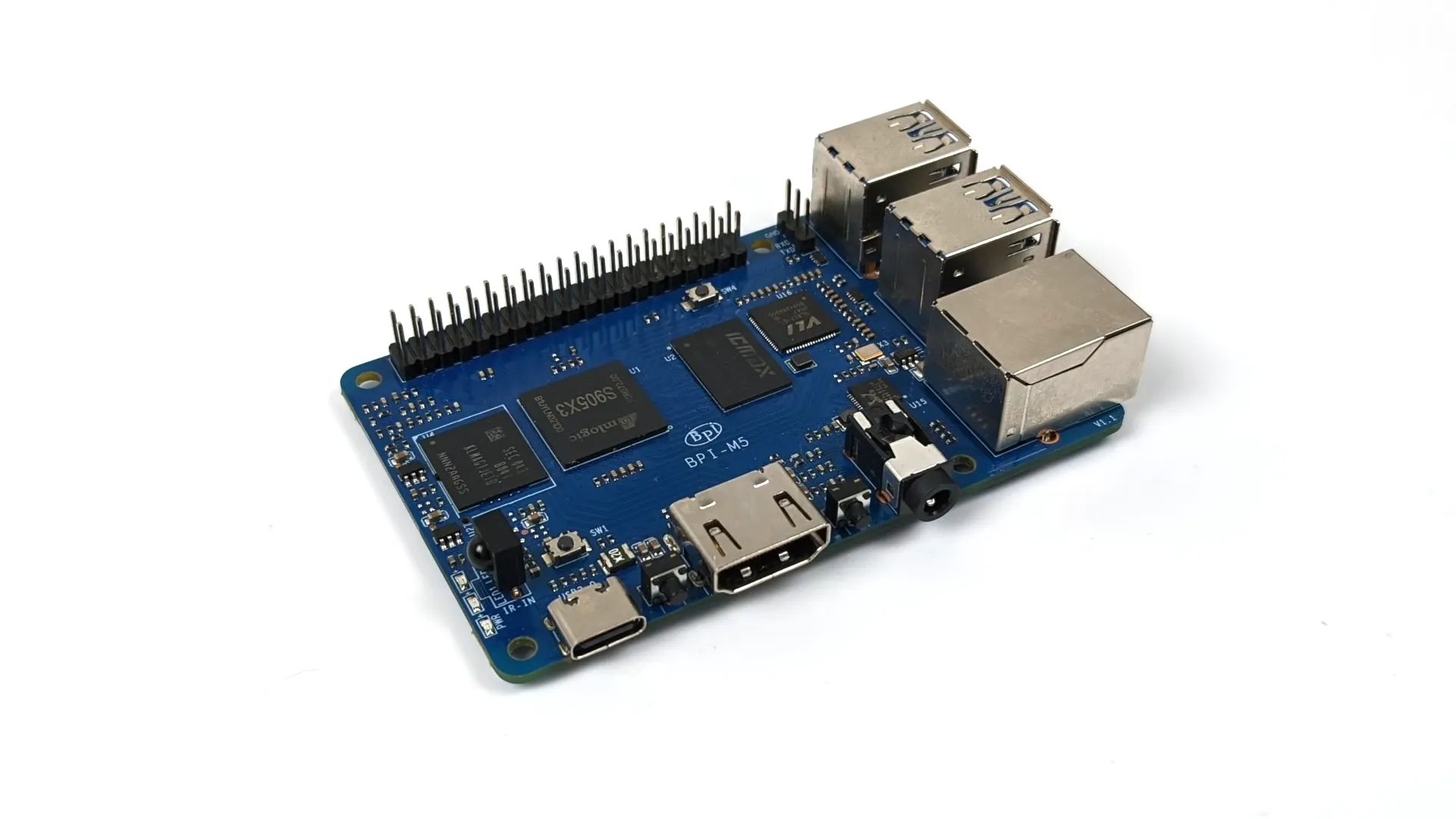There is currently a global shortage of Raspberry Pis. Unapproved resellers are capturing a decent slice of the single-board computer market for vast margins due to unavailability from official retailers. This is bad news for anyone who has been looking to get their hands on a Raspberry Pi at a reasonable price.
The current shortage has left many Raspberry Pi tinkerers and enthusiasts uncertain about the future of the single-board computer. But hope is not lost. Let's look at the different ways you can deal with the current Raspberry Pi shortage.
Why Is There a Raspberry Pi Shortage?
Raspberry Pi CEO Eben Upton has attributed this shortage to disruptions along the supply chain and the "significantly increased demand" for Pi models. Another reason why individual customers might not be able to buy Raspberry Pi models may be due to preference being given to commercial and industrial users.
You have the following options to find a workaround for the Raspberry Pi's current scarcity.
1. Pay More for a Raspberry Pi
If you are in the market for a Pi, you will quickly find out that most Raspberry Pis being offered for sale are being listed at hefty markups. However, having the ability to pay extra makes it much easier to find the Raspberry Pi of your choice.
Approved resellers are bound to sell you to sell the boards at a stated price, but they can't keep up with the existing demand and units are almost always out of stock. While you may be able to compete with the hawkish buyers by monitoring news sources or joining a waitlist, paying more money will ensure you get the model of your dreams without investing any extra time or effort.
According to the Raspberry Pi website, the price for the Raspberry Pi 4 model starts from $35 and Adafruit lists the Raspberry Pi 4 Model B (4GB RAM model) as $55. You can expect to pay at least 2-3 times that to third-party resellers, maybe even more for high-demand models.
If you are not interested in paying extra for a Pi, we've covered how you can find a Raspberry Pi for sale.
2. Buy a Less In-Demand Official Model
Certain Raspberry Pi models are less popular and therefore less expensive to buy. Eben Upton recommends the Raspberry Pi 400 and the Raspberry Pi Pico W. The prices of these products have not changed much since the shortage due to the fact that there is much less demand for them compared to the SBCs.
Learn more about the Raspberry Pi 400 if you're considering this option.
3. Use Sources Like Rpilocator to Find Pi Models in Stock
Rpilocator is a free tool that pulls data from all the major retailers and displays the results in a way that makes it easy to see which store has your model(s) available. It provides you with the stock keeping unit of the item, a description, price, the vendor, the stock status, and when it was last stocked. You can set the listings page to automatically refresh and follow the Twitter account and subscribe to their RSS feed for the latest updates.
Their tips and tricks page provides useful information on different Raspberry Pi vendors to make it easier to find what you're looking for.
4. Buy One of the Raspberry Pi Clones
There are several alternative SBCs that are much cheaper than the Raspberry Pi. Unless you are particular about the brand, Raspberry Pi clones are often cheaper, easier to find, and may even perform better than the original. Some of these alternatives include NanoPi, BananaPi, OrangePi, and so many others. It is up to you to find the one that suits your needs and budget.
5. Wait It Out
The Raspberry Pi shortage is not going to last forever. Demand is likely to level out as chip supply rises and more consumers opt for alternatives. When this will be is anyone's guess, but we have hopes that the situation will improve before the year runs out. If this happens, prices will drop, and you might not be too happy you paid more.
6. Opt for an Older PC Instead
If you are not interested in making embedded projects that require the Pi's form factor and all you need is a computer for basic programming or as a home server, an old PC lying around the house might fit the bill. You can even install the Raspberry Pi OS on a PC or another lightweight Linux distribution to make it more usable.
Surviving the Raspberry Pi Drought
The current Raspberry Pi shortage is widespread and extensive, but there are different ways you can deal with it, either by paying more, waiting, or buying a similar device. We hope the recommendations in this post have given you a better grasp of the current situation and what you can do till it passes.

.jpg)

